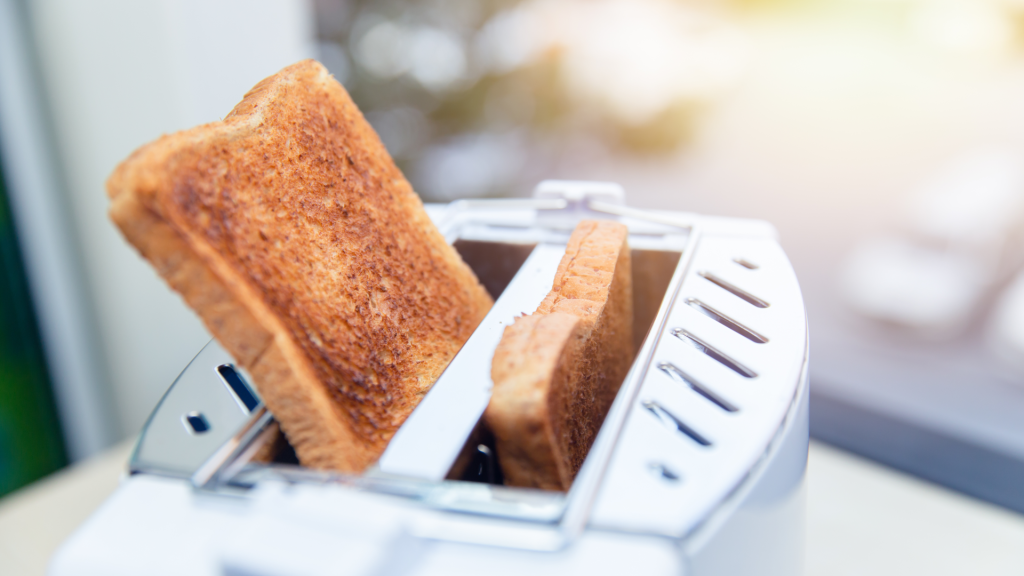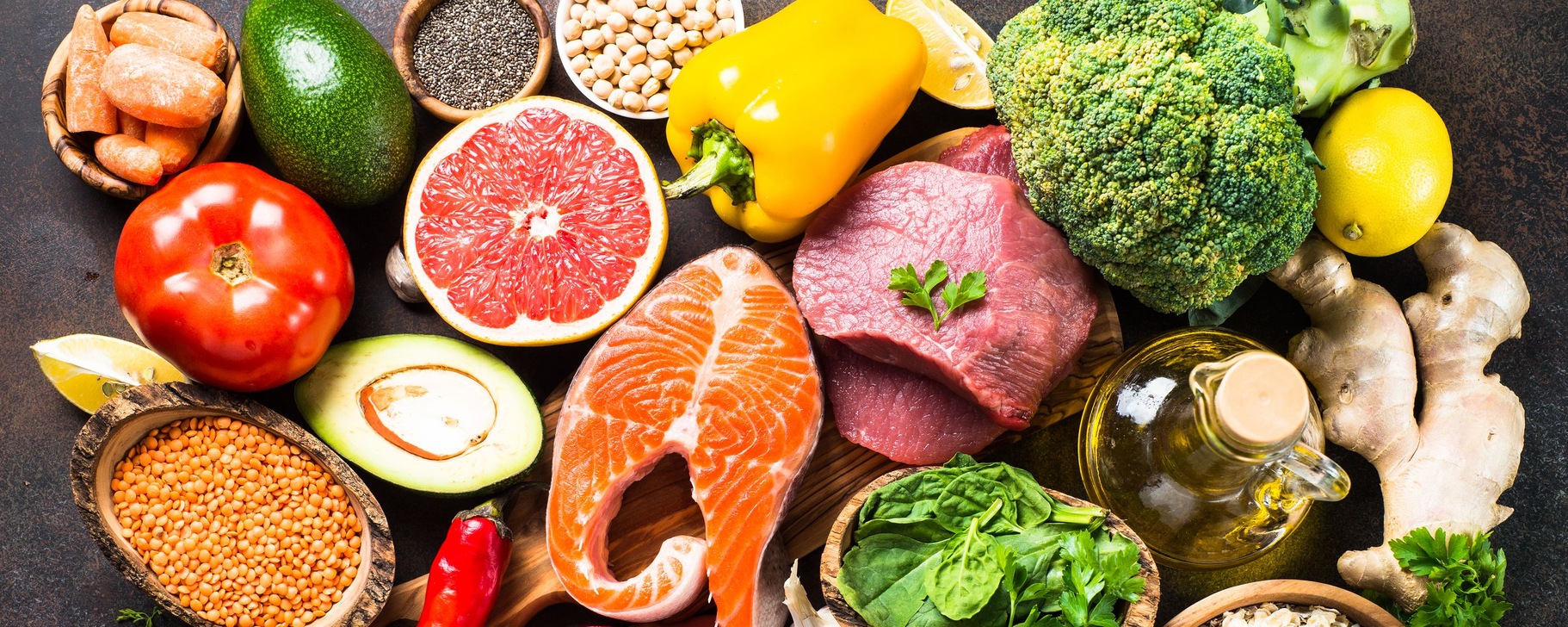
Toast is considered an uncomplicated breakfast companion, but the soft slice hides nutritional deficiencies and potential health risks.
Many families are unthinkable without toast: it’s practical, has a long shelf life and is versatile. However, this popular classic has its disadvantages in terms of nutritional physiology. Why toast is not the best choice for a healthy diet and what you should pay attention to.
Toast: low nutritional value, high sugar and fat content

Rectangular slices may be tasty and soft, but their nutritional value is rather questionable. Regular buttered toast is high in sugar, saturated fatty acids, and very little fiber. In addition, refined carbohydrates cause blood sugar levels to spike, which can pose long-term health risks.
The nonprofit health organization Diabetes warns that high consumption of simple sugars and low-fiber foods, such as toast, can increase the risk of developing type 2 diabetes. Even whole wheat flour toast is only slightly better here.
Comparison of toast with butter, wholemeal flour toast and wholemeal bread (100 g each):
- Toast with butter: 270 kcal, 4 g fat, 3 g fiber
- Whole wheat toast: 250 kcal, 5 g fat, 7 g fiber.
- Whole wheat bread: 200 kcal, 2 g fat, 9 g fiber
Why whole wheat bread is more filling

The fiber it contains plays a crucial role in feeling full. To get the same amount of fiber as in two slices of whole-grain bread, you need to eat significantly more slices of toast, which is often accompanied by more toppings such as cheese, sausage or jam.
Health risks from toasting and molds
Another disadvantage: toasting. If you’re a fan of particularly dark toast, you’re putting yourself at potential risk. Heavy toasting produces harmful substances such as acrylamide and the fatty acid ester 3-MCPD, which, according to the German Federal Institute for Risk Assessment (BfR), can increase the risk of stomach and intestinal cancer. That’s why experts recommend eating only golden yellow-colored toast and not exceeding a temperature of 180 degrees.
Take mold growth seriously
Toast can be preserved longer with the help of preservatives, but there are limitations here too. If green mold appears, the entire package should be thrown away, as invisible fungal spores can spread quickly.
Conclusion: it’s better to dine less often
Toast is practical, but not ideal from a health perspective. Whole-grain bread contains more nutrients, is heartier and reduces health risks. If you still don’t want to go without toast, make sure you eat it in moderation and only lightly toast it.

































